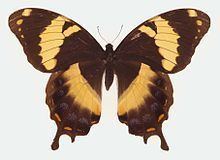Kingdom Animalia Class Insecta Family Papilionidae Scientific name Papilio homerus | Phylum Arthropoda Order Lepidoptera Genus Papilio Rank Species | |
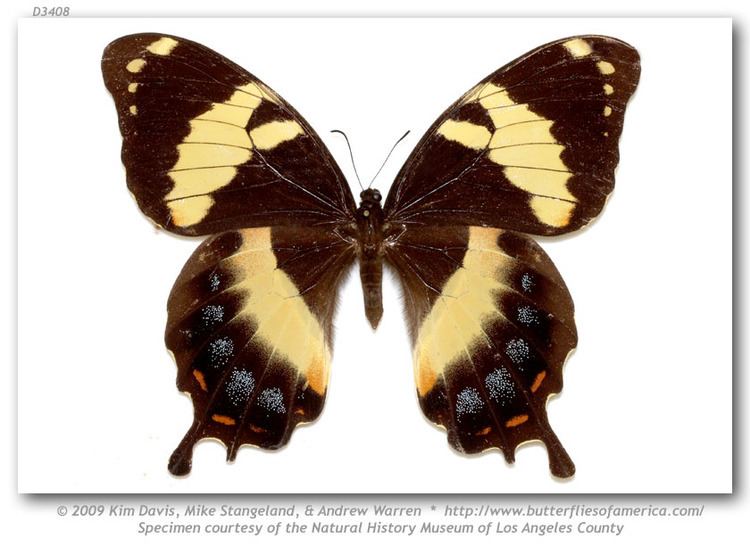 | ||
Similar Papilio chikae, Papilio cacicus, Papilio caiguanabus, Papilio euterpinus, Papilio warscewiczii | ||
Papilio homerus, the Homerus swallowtail or Jamaican giant swallowtail, is the largest swallowtail butterfly in the Western Hemisphere and the largest species in the genus Papilio with an average wingspan of about 15 centimetres (5.9 in) (the African giant swallowtail has a larger wingspan, but this is mainly due to its elongated forewings). The Homerus swallowtail belongs to the swallowtail family (tribe: Papilionini) and is often placed in the subgenus Pterourus, considered a full genus by some authors.
Contents
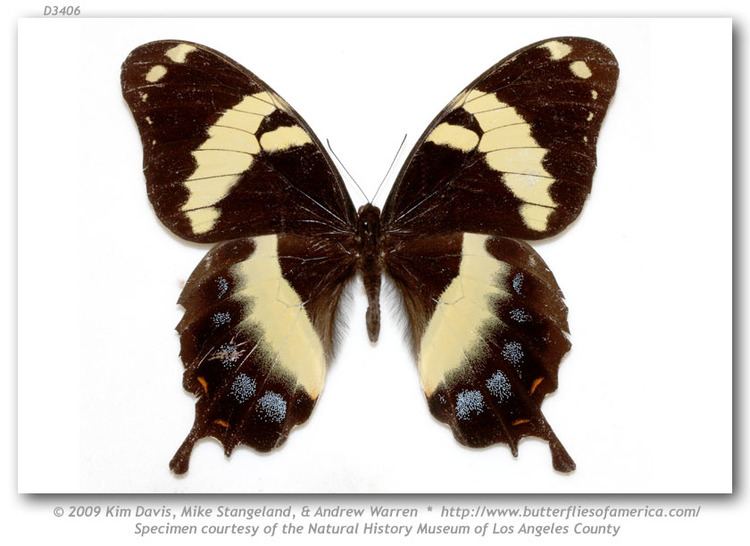
It is found only in forests in Jamaica and is under significant pressure from habitat loss and potentially also from collecting. It has also been shown that death rates due to parasitic wasps of the genus Chrysonotomyia are higher in disturbed habitats. The Homerus swallowtail was relatively common in the 1930s and its range used to be contiguous, but it has now retracted to a main population in the Blue and John Crow Mountains in eastern Jamaica, and a tiny population, estimated at less than 50 adults, in Cockpit Country in the west of the island. It is listed as endangered by the IUCN and is included on Appendix I of CITES, thereby making international trade illegal. In addition to better protection of the remaining populations and their habitat, it has been suggested that a captive breeding program may help save the species. The caterpillars feed exclusively on Hernandia jamaicensis and H. catalpifolia; both of which also are endemic to Jamaica.
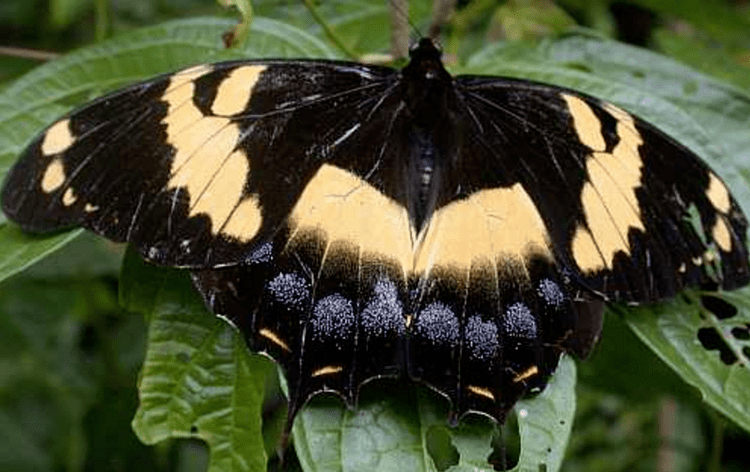
Taxonomy
Papilio homerus is the nominate member of the homerus species group. The members of this clade are:
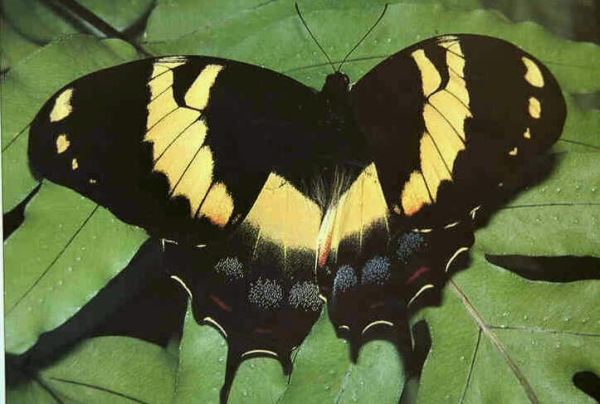
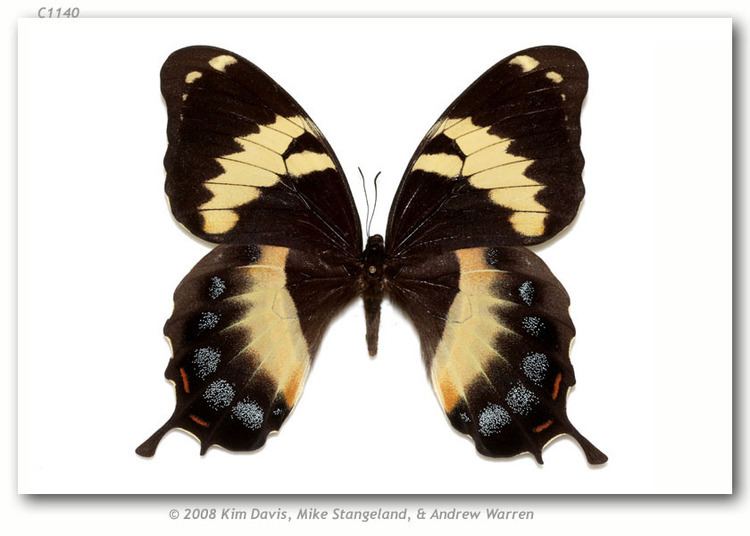
Papilio homerus is in the subgenus Pterourus Scopoli, 1777 which also includes the species groups: troilus species group, glaucus species group, the zagreus species group and the scamander species group.
Ecozone
It lives in the Neotropical ecozone.
Etymology
In common with other early entomologists Fabricius followed the classical tradition. The name honours the Greek poet Homer.
